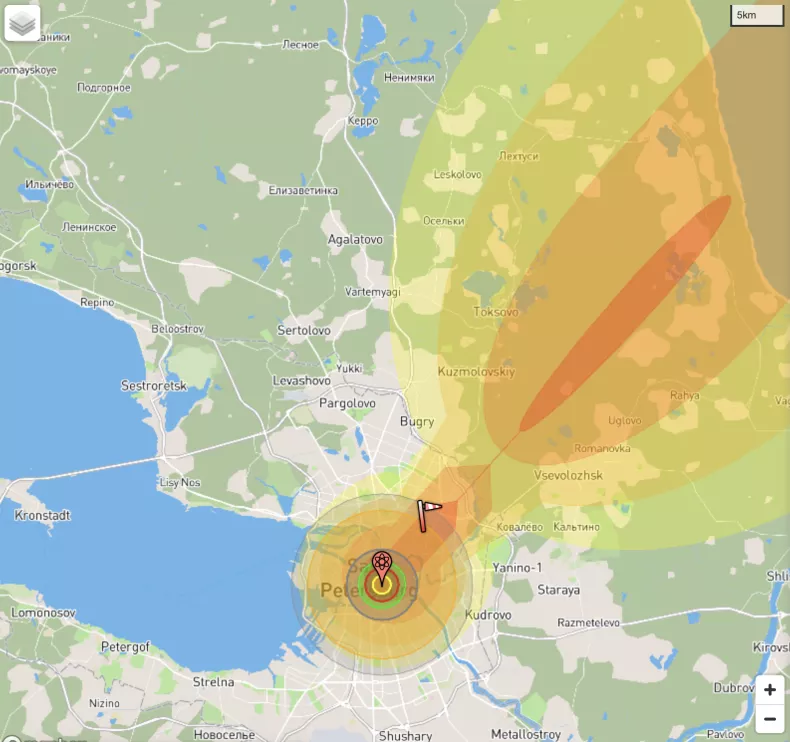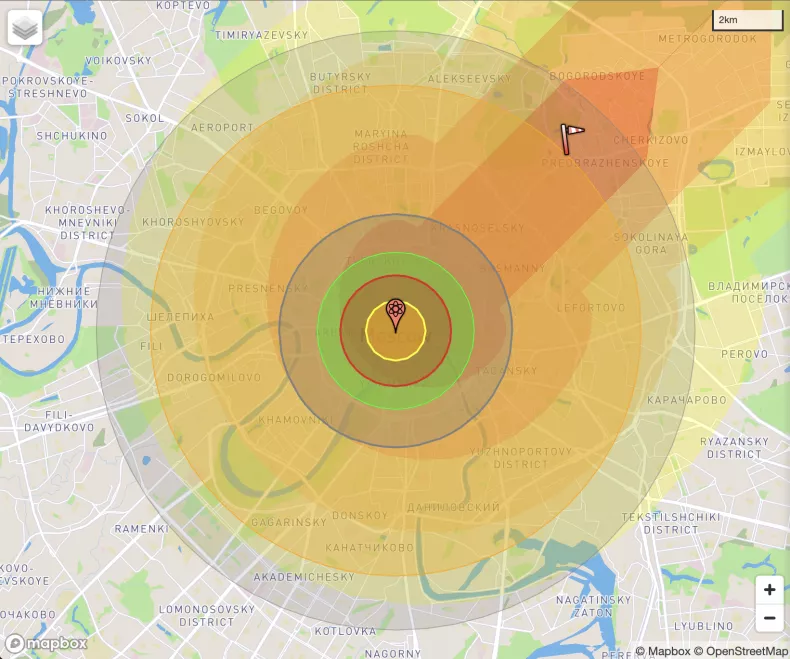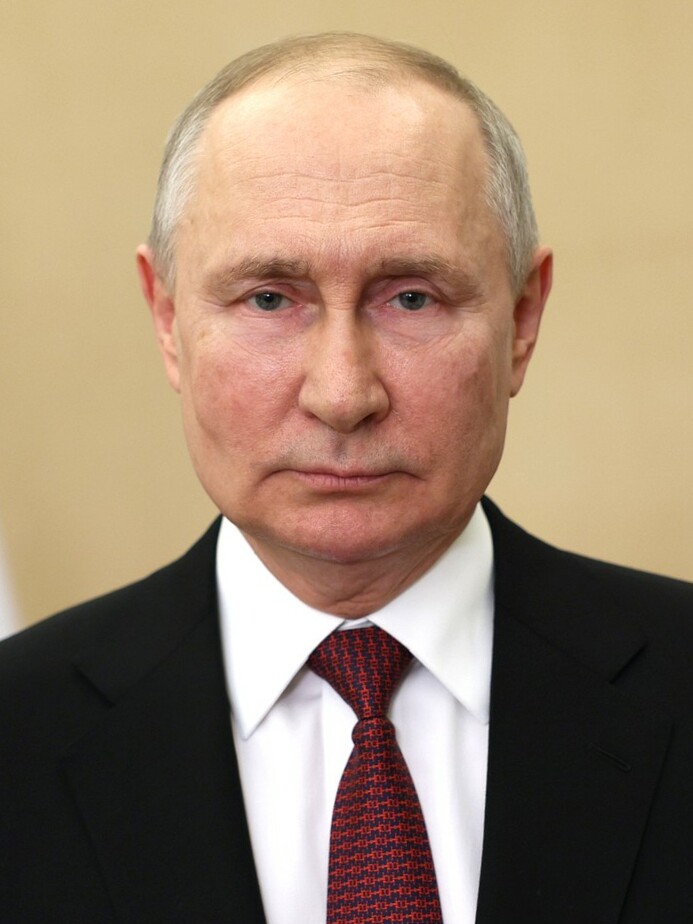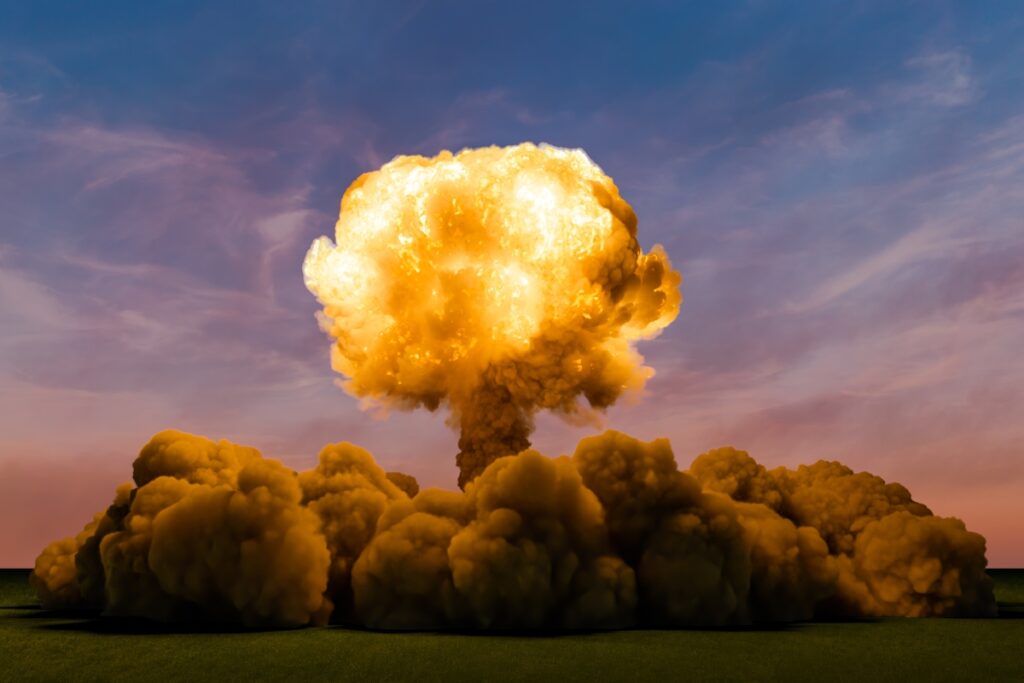In a world filled with mind-boggling tech and rapid change, there’s one big, ominous cloud that never seems to blow away – the threat of nuclear disaster. Whether you’re a history buff who remembers the Cold War’s hair-raising days or just someone keeping an eye on the headlines, the possibility of nuclear Armageddon remains a heavy burden we can’t shake off. And with sources saying that a new weapon created under Biden’s Administration could wipe a huge part of Russia out of the map, these concerns grow ever present.
Map Shows Impact if Biden’s New Nuclear Weapon is Dropped on Russia
An article released by Newsweek shows the impact of this new weapon, and what would happen if it were dropped on Russia, and it could “wreck havoc in Moscow.”
The U.S. rolled out its ‘shiny’ new toy, a spin on the classic B61 gravity bomb from the ’60s Cold War era. The Department of Defense (DoD) pulled back the curtain, and voila, we got the B61-13! According to a Pentagon news release, this fancy addition to the U.S. arsenal is all about ‘strengthening deterrence of adversaries and assurance of allies.’ In simpler terms, it’s like telling those who might think twice about crossing us, ‘You don’t want to mess with us,’ and giving a comforting pat on the back to our friends.

They say it’s for President Joe Biden to have ‘additional options against certain harder and large-area military targets.’ So, it’s not just for show, but a tool to keep us on our toes in a world where things can get a bit dicey.
An illustration generated by Nukemap vividly depicts the potential devastation that could result from the detonation of a 360-kiloton nuclear bomb over Moscow, Russia. The gravity of such a scenario serves as a stark reminder of the catastrophic consequences that nuclear weapons can unleash. This specific example shows that it could kill more than 300 000 people, and injure at least 600 000 more.

Within an approximate radius of half a mile from the point of detonation, the intense fireball would result in the complete vaporization of any structures or life forms. Further out, extending to approximately a mile from the epicenter, heavy damage would wreak havoc on buildings and the unfortunate individuals caught within this range, leading to severe casualties, hence the numbers stated above.
In October 2023, Russian President Vladimir Putin made a significant announcement. He cited the United States’ failure to ratify the Comprehensive Nuclear Test Ban Treaty (CTBT) as a basis for contemplating Russia’s withdrawal from the treaty. Subsequently, in the same month, the Russian parliament passed a law rescinding the nation’s ratification of the CTBT.
On November 2, Putin formalized this decision by signing the law into effect, effectively marking Russia’s withdrawal from the treaty.

In a press release by the DoD about this new weapon, it is mentioned that the approach is pending Congressional authorization and appropriation, so the B61-13 is still not out there. It is, however, very close to be. It is said that the 2022 Nuclear Posture Review (NPR) underscores a significant development in the global landscape. It observes that the United States’ strategic competitors are actively engaged in expanding, diversifying, and modernizing their nuclear arsenals. In parallel, there is a discernible increase in their reliance on nuclear weaponry.
This observation points to a crucial shift in the international balance of power. The intricate interplay between nuclear capabilities, strategic doctrine, and national security demands a closer examination.
The idea of a nuclear catastrophe is like that old childhood nightmare that won’t go away – it keeps coming back, even when we’d rather not think about it. But in today’s world, with all its complexities, we can’t afford to bury our heads in the sand. The risks are still out there, even if our politicians make it sound like everything’s under control.
Want to chat about all things post-apocalyptic? Join our Discord server here. You can also follow us by email here, on Facebook, or Twitter. Oh, and TikTok, too!


Leave a Reply